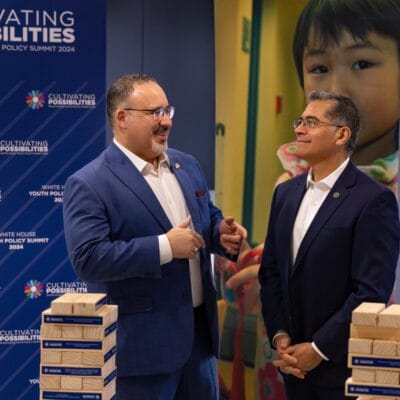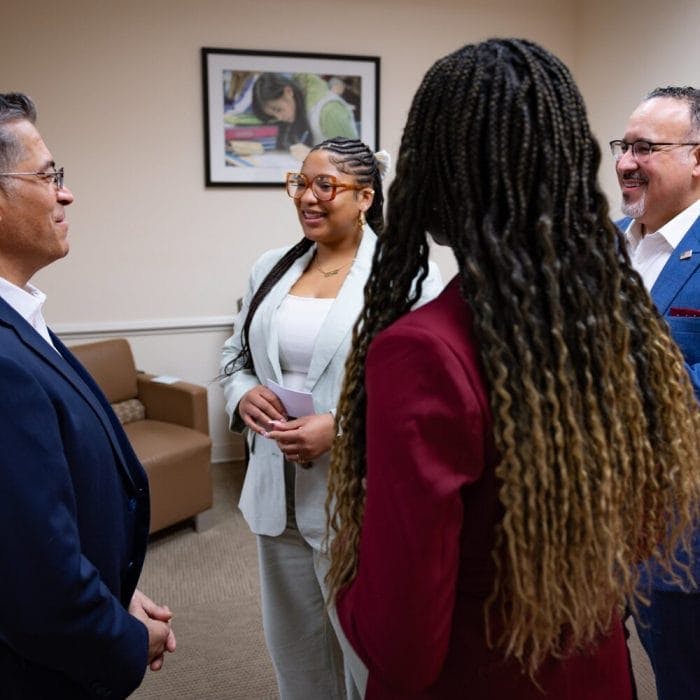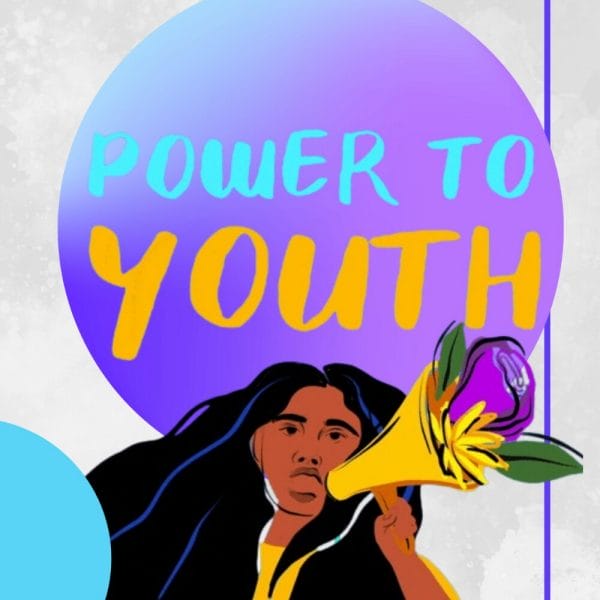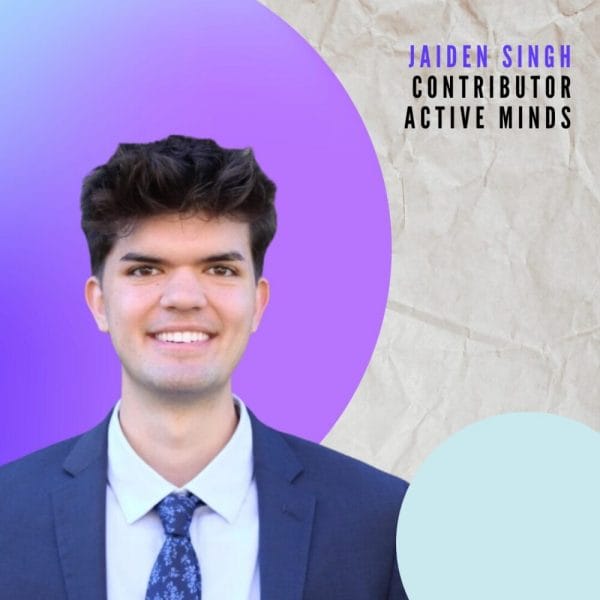Policies that impact youth well-being should be designed in partnership with youth. Yet, despite how obvious this approach may sound, it is rarely implemented in national youth policy. So, I was honored and excited to attend the first-ever interagency Youth Policy Summit, titled “Cultivating Possibilities.” An initiative of the Biden-Harris Administration, the summit marked a critical step in acknowledging the importance of creating spaces that allow for intergenerational and interdisciplinary collaboration, aiming to translate the science of adolescent development into effective policy.

Cultivating Possibilities Youth Policy Summit – Photo Credit: U.S. Department of Education
Involve youth every step of the way
The summit brought together nearly 90 young people from across the nation, providing a platform for them to voice their perspectives and share how their lived experiences can reflect the policies they wish to see instituted to help them thrive. The recommendations they put forth were grounded in what they already know works for them. Importantly, young people were involved at every step of the summit planning and implementation process. Their authentic inclusion was intentional and did not serve either as an afterthought or as tokenized panelists – as is so often the case. This approach will hopefully ensure that any policies or programs resulting from this summit truly reflect the needs and aspirations of the young people for which they are designed.

Navia Robinson, from Center for Scholars and Storytellers – Cultivating Possibilities Youth Policy Summit – Photo Credit: U.S. Department of Education
Featuring Purpose: Conversations turn abstract concepts into concrete understanding
Throughout the summit, critical dialogues unfolded among researchers, youth, policymakers, and non-profit leaders. Discussions centered on goals that impact adolescent development, such as purpose, belonging, and agency. It was fascinating to see how understanding of these developmental goals shifted throughout the day. Take the concept of purpose as an example. Many attendees initially grappled with the abstract nature of “purpose.” However, a breakout session dedicated to exploring the science behind purpose provided a turning point. The session began with a powerful spoken word performance by Fatima Ahmad, the 2024 New York City Youth Poet Laureate. She wove themes of community and activism into her representation of purpose, demonstrating how scientific concepts are intertwined with art and storytelling.
Following her performance, Dr. Anthony Burrow, a leading purpose researcher from Cornell University, shared insights from over three decades of purpose research, illustrating the links between a sense of purpose and youth well-being. Alyssia Leach, a youth representative of GripTape, a non-profit that incorporates purpose research into their youth-serving program, added her lived experience with purpose-driven work. These diverse perspectives transformed an initially abstract concept into a tangible, actionable goal for policymakers, demonstrating the power of cross-disciplinary and intergenerational collaboration.

Miguel Cardona, US Secretary of Education and Xavier Becerra, US Secretary of Health & Human Services – Photo Credit U.S. Department of Education
Convergence of diverse voices and experiences
U.S. Secretary of Health and Human Services, Xavier Becerra, commented, “We know that behavioral health is health and that there should be ‘no wrong door’ to accessing services and supports,” illustrating that creating opportunities to cultivate developmental goals, such as purpose, can be the avenues to concrete action. Other policy summit participants from the Administration included U.S. Secretary of Education, Miguel Cardona, Acting U.S. Secretary of Labor, Julie Su, as well as leaders from the U.S. Department of Housing and Urban Development, and the U.S. Department of Justice. Beyond these Administration participants learning more about the framing of developmental science, they were also ingrained with the crucial message that young people need to be listened to and included in decisions that impact their well-being. The convergence of diverse voices and experiences provided an opportunity to shape science-backed policy recommendations that will better serve young people.
Shift in focus from problems to solutions
I was most glad to witness the shift in focus from problems to solutions at the summit. Not once did I hear talk of the youth mental health crisis, and there were no slides on the jarring statistics of youth suicide. Instead, panels, breakout room sessions, and one-on-one conversations in the hallways spoke of opportunity and possibility. This shift not only instilled hope but also made actions seem promising and achievable. It is clear: meaningful policy change requires collaboration, involving young people, creating space to comprehend their needs, and presenting opportunities for progress.





